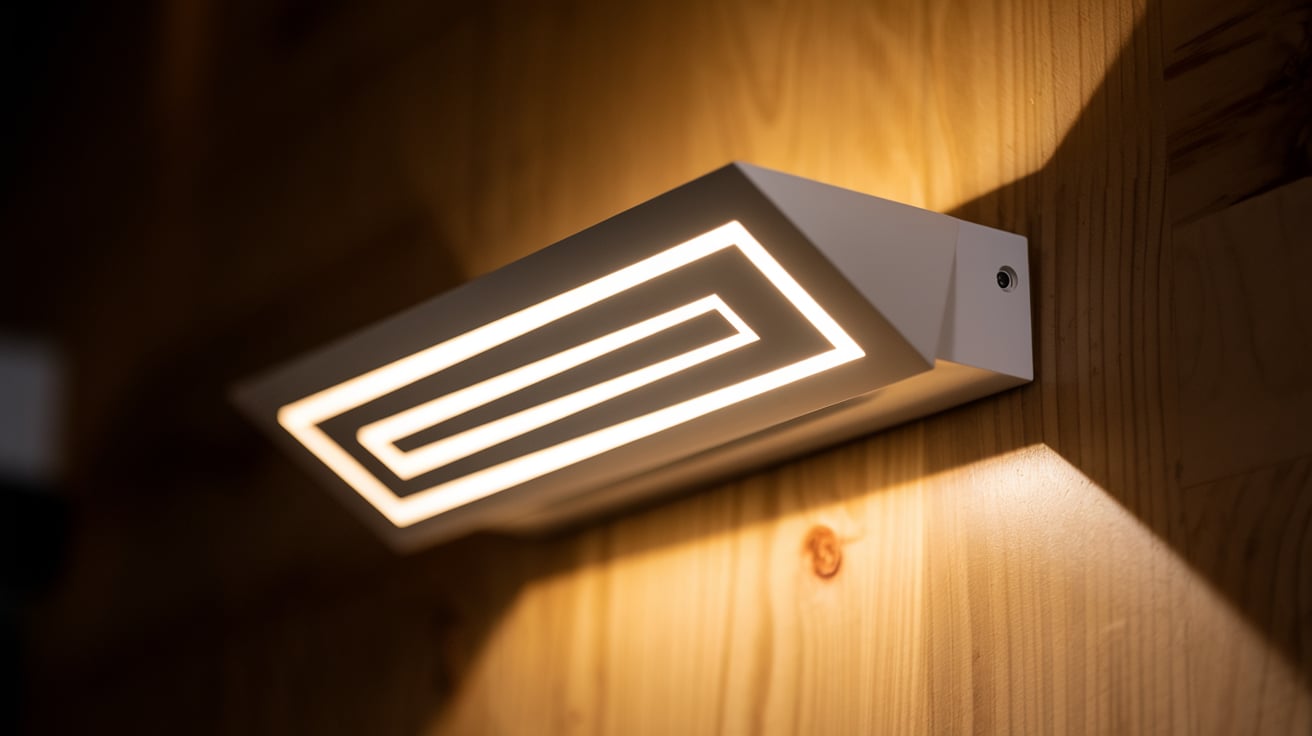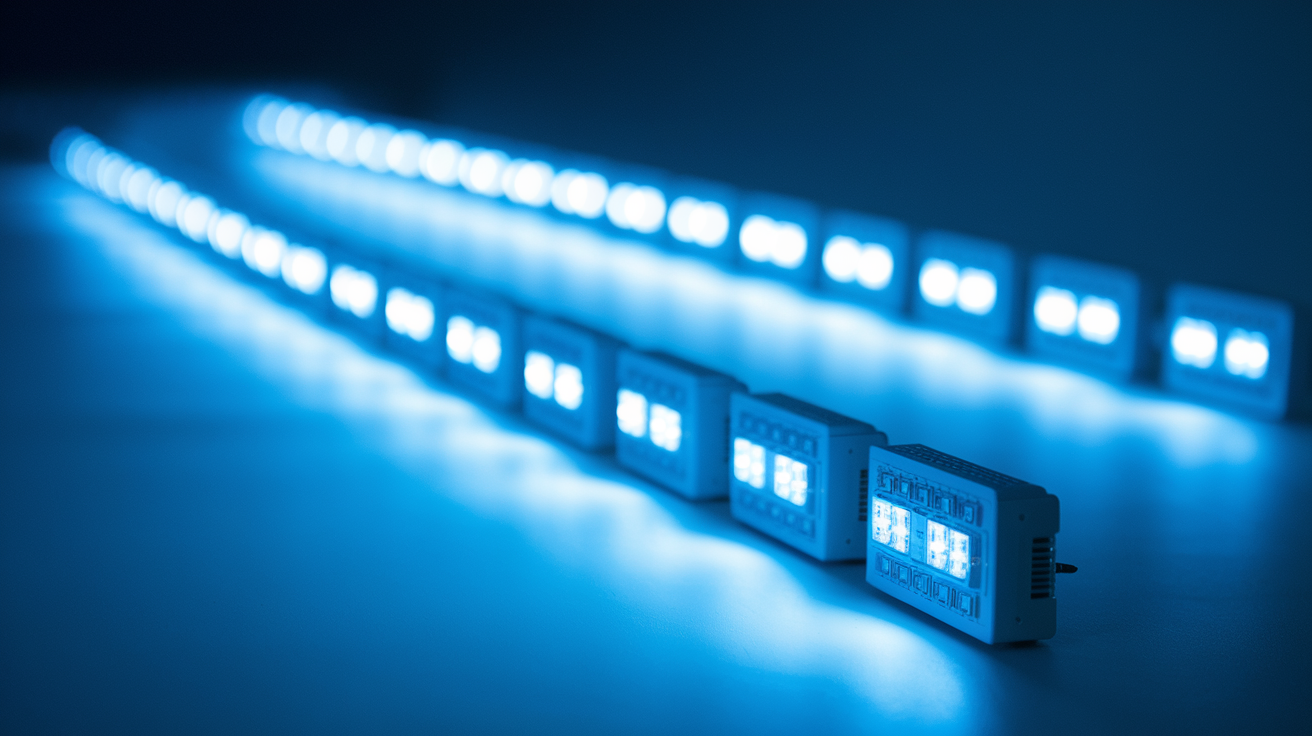LED Lights: A Comprehensive Guide to Their Applications and Advantages
What is LED Light and How it Work?

LED stands for Light Emitting Diode. According to Wikipedia, an LED is a semiconductor device that emits light when an electric current flows through it. LEDs are known for their energy efficiency, long lifespan, and versatility, making them a popular choice for various lighting applications.
LEDs operate based on the principle of electroluminescence. Here’s a simplified breakdown of how they work:
- Semiconductor Material: LEDs are made from a semiconductor material, typically gallium arsenide or gallium phosphide. This material has special properties that allow it to conduct electricity.
- Electron Movement: When an electric current flows through the LED, it energizes the electrons in the semiconductor. As these electrons move, they leave behind holes, creating a flow of positive charge.
- Light Emission: When the energized electrons recombine with the holes, they release energy in the form of photons. This process is called electroluminescence, and it produces visible light.
- Color of Light: The color of the light emitted by an LED depends on the bandgap energy of the semiconductor material used. Different materials produce different wavelengths of light, resulting in various colors, including red, green, blue, and white.
- Heat Management: While LEDs are more energy-efficient than traditional lighting, they still produce some heat. Efficient heat sinks are often used in LED fixtures to dissipate heat and prolong the lifespan of the light.
Differences Between LED, Incandescent, and Fluorescent Lights

When comparing LED lights to incandescent and fluorescent lights, several key differences emerge:
| LED Lights | Incandescent Lights | Fluorescent Lights | |
|---|---|---|---|
| Energy Efficiency | Very high (80-90%) | Low (10-17%) | Moderate (35-50%) |
| Lifespan | 25,000-50,000 hours | 1,000 hours | 7,000-15,000 hours |
| Heat Emission | Low | High | Moderate |
| Environmental Impact | Minimal (no mercury) | High (produces heat) | Moderate (contains mercury) |
| Light Quality | Excellent (variety of colors) | Warm (yellowish tone) | Cool (often bluish tone) |
Applications of LED Lights

LED lights are versatile and can be used in various settings, including:
- Residential Lighting: Replacing bulbs in homes for energy savings.
- Commercial Lighting: Used in offices, retail stores, and warehouses.
- Outdoor Lighting: Streetlights, parking lots, and landscape lighting.
- Automotive Lighting: Headlights and interior lights in vehicles.
- Decorative Lighting: Holiday lights and mood lighting.
Advantages and Disadvantages of LED Lights
A summary of the pros and cons of LED lighting:
| Advantages | Disadvantages |
|---|---|
| Energy efficient | Higher initial cost |
| Long lifespan | Requires specific fixtures |
| Low heat emission | Dimming compatibility issues |
| Environmentally friendly | Can produce a harsh light |
| Instant lighting without warm-up time | Limited color temperature options |
In conclusion, LED lights offer numerous benefits over traditional lighting options, making them a wise investment for both consumers and businesses.
